Everyone can brew a cup of Pu-erh tea that belongs to them. The brewing of Pu-erh tea is influenced by various factors such as tea characteristics, altitude, tea quantity, water temperature, etc., resulting in different brewing effects.
Let’s see how everyone brews their own cup of Pu-erh tea!
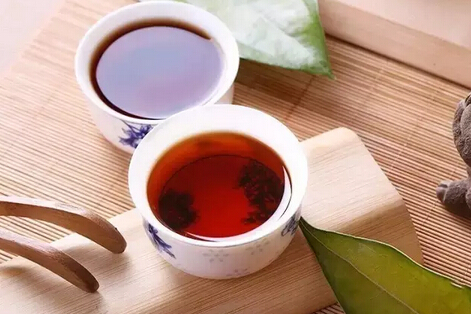
Brewing Compressed Tea, Loose Tea, and Sun-Dried Raw Tea
Pu-erh tea is usually compressed. When brewing compressed tea, it’s best to break it apart one or two weeks in advance to allow it to aerate and regain its properties. After one or two weeks, once the old flavors dissipate and new air enters for fermentation, place it in a ceramic or purple clay pot, and the original taste of Pu-erh tea will gradually emerge.
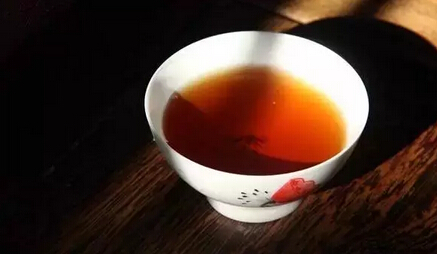
For general seven-son cakes or tea bricks, the amount of tea should be about one-fourth of the pot’s capacity. For tuo cha, use slightly less. For loose tea, you’ll need to experiment. Compressed teas like bricks, cakes, or tuo cha require shorter brewing times compared to loose Pu-erh tea; otherwise, the tea soup may become too concentrated, affecting the taste.
For a 100-milliliter gaiwan, using 8 grams of sun-dried raw tea ensures that the expanded leaves fill the lid, preventing the tea from floating or sinking below the water surface, thereby enhancing the fusion of tea and water during brewing. If less than 6 grams is used, the tea leaves will only occupy the middle and lower parts of the gaiwan, leaving an empty space above when water is added. This causes the tea to mix again at a lower temperature when poured out, reducing the concentration of dissolved substances, lowering bitterness, and making the soup feel softer.
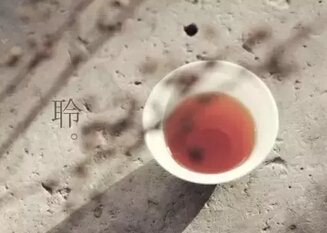
Brewing Raw Tea and Ripe Tea
Generally, ripe tea requires more tea leaves, while raw tea needs less. Raw Pu-erh tea typically requires longer brewing times, whereas ripe tea brews faster.
For raw tea aged around two years, especially bud-dominated raw tea and ripe tea, it’s best to pour out the tea quickly after rinsing once. However, after rinsing, let it rest for 20–30 seconds to "awaken" the tea before brewing. Raw tea aged over ten years is special—the first 10 infusions usually require steeping for over 10 seconds, sometimes even 30–40 seconds, depending on the tea leaves.
For heavily fermented ripe tea with short aging, it’s best to pour out quickly. Rinse once or twice, adjusting based on personal taste. Such ripe tea doesn’t need awakening and can be brewed directly.
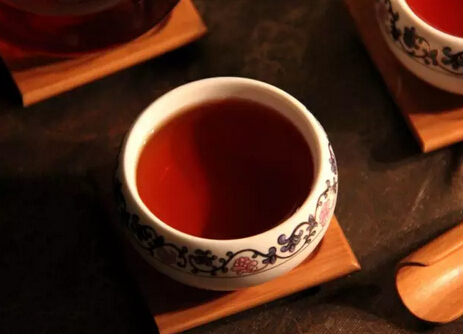
For ripe tea aged around two years, if the fermentation or watery taste is still strong, rinse once more, but the second rinse should be even quicker. For ripe tea aged over five years, rinse twice quickly, then let it rest for about 15 seconds before brewing. The longer the aging, the longer the resting time can be. If the tea soup turns dark red when brewing ripe tea, it means the steeping time is too long or too much tea was used—shorten the steeping time or reduce the tea quantity.
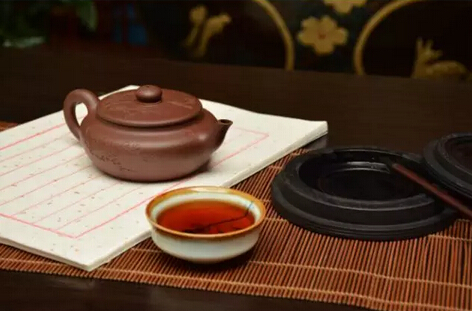
Number of Infusions
Pu-erh tea is more durable than regular tea, often allowing 10–20 infusions until the flavor becomes very weak. Pu-erh tea is generally brewed with boiling water at 95–100°C. High temperatures help release aromas and extract tea flavors quickly. When boiling pure or mountain spring water, avoid over-boiling to prevent reducing oxygen levels, which affects the tea’s activity.
To ensure a purer aroma, perform the first "water wash"—pour boiling water in and immediately pour it out. Before formal brewing, warm the tea 2–3 times to remove impurities, clean the leaves, and awaken the tea. However, rinsing must be done quickly to avoid affecting the tea soup’s taste. The second infusion is for drinking, with brewing time controlled at 10–20 seconds. The third infusion can be extended to 30–40 seconds. From the fourth infusion onward, adjust brewing time by observing the tea soup’s color to control the concentration of dissolved substances. As the tea weakens, brewing time can be extended.